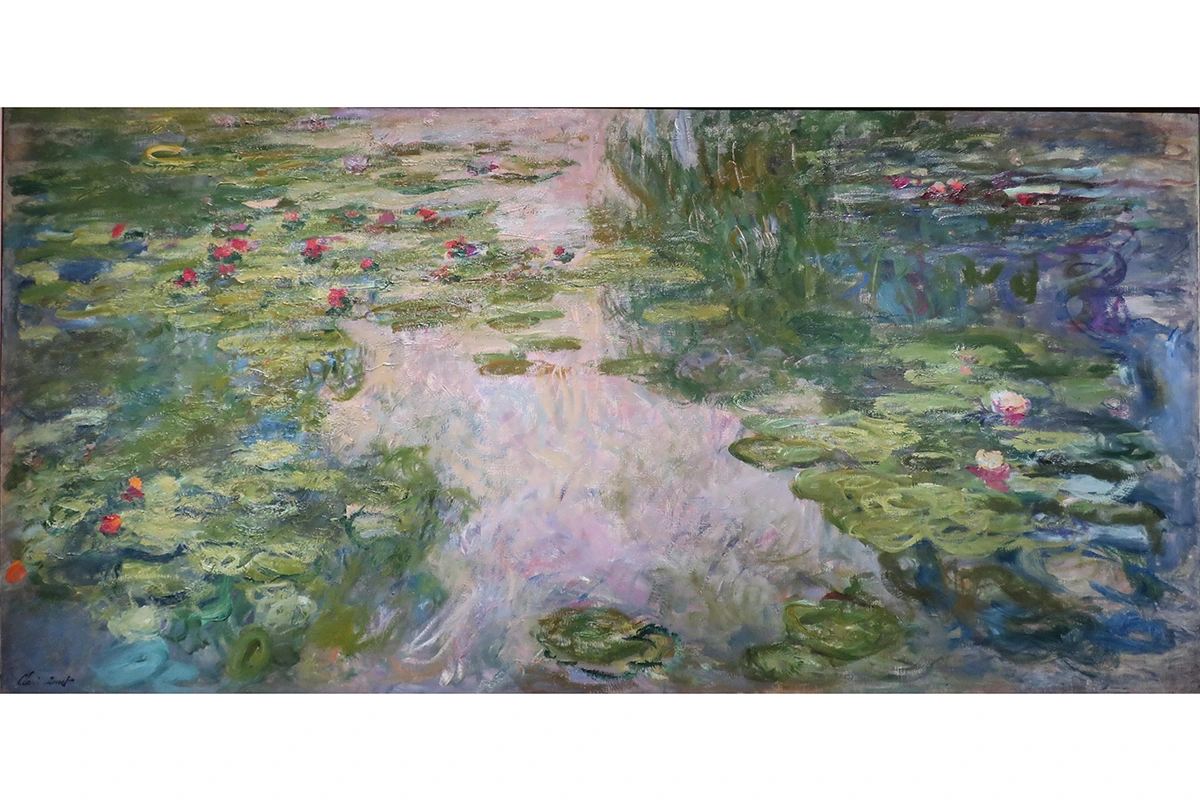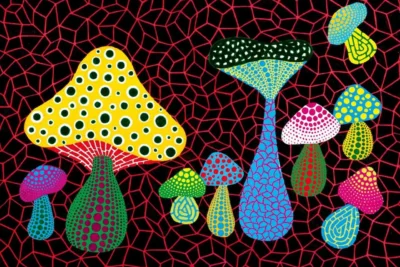
TL;DR
Famous paintings offer a window into history, culture, and artistic innovation. From Leonardo da Vinci’s Mona Lisa to Van Gogh’s Starry Night and Picasso’s Guernica, these masterpieces reveal techniques, symbolism, and the context in which they were created. Understanding these works helps readers appreciate artistic evolution, influence on society, and creative inspiration for modern artists.
Introduction: Why Study Famous Paintings?
Studying famous paintings is more than admiring beauty—it’s a journey into human creativity. These artworks reflect:
- Historical and cultural context: How societal and political events influenced art
- Artistic techniques: Brushwork, color theory, perspective, composition
- Symbolism and storytelling: Hidden meanings, narratives, and cultural messages
- Influence on modern art: How these masterpieces inspired generations of artists
By analyzing iconic works, both enthusiasts and practicing artists can learn from masters, refine skills, and deepen visual literacy.
Renaissance Masterpieces: Birth of Modern Art
Mona Lisa – Leonardo da Vinci (1503–1506)
- Medium: Oil on poplar panel
- Significance:
- Renowned for her enigmatic smile
- Sfumato technique creates soft transitions in light and shadow
- Exemplifies Renaissance ideals of humanism, realism, and proportion
Technical Insight: Leonardo’s subtle layering technique gives a lifelike appearance to skin, texture, and depth, making it a study in light and shadow mastery.
The Last Supper – Leonardo da Vinci (1495–1498)
- Medium: Tempera and oil on plaster
- Significance:
- Dramatic composition, perspective, and emotional storytelling
- Captures the pivotal moment of Christ’s revelation to his disciples
Exercise for Readers: Analyze the use of perspective lines and how they draw attention to the central figure. Try applying a similar technique in your own sketches.
The School of Athens – Raphael (1509–1511)
- Medium: Fresco
- Significance:
- Represents philosophers and scientists of the classical world
- Harmonious composition, balance, and clarity of figures
- A visual representation of knowledge, reason, and human intellect

Baroque and Romantic Highlights
The Night Watch – Rembrandt van Rijn (1642)
- Medium: Oil on canvas
- Significance:
- Dramatic use of chiaroscuro to enhance depth and focus
- Captures movement and collective action, hallmark of Baroque painting
Technical Insight: Rembrandt’s manipulation of light emphasizes key figures, creating narrative focus and guiding the viewer’s eye.
Liberty Leading the People – Eugène Delacroix (1830)
- Medium: Oil on canvas
- Significance:
- Symbol of freedom and revolution
- Romantic emphasis on emotion, energy, and heroism
Exercise: Observe how movement and diagonal composition create a sense of urgency. Attempt incorporating dynamic lines in your own compositions.
Impressionist and Post-Impressionist Masterpieces
Water Lilies – Claude Monet (1916–1926)
- Medium: Oil on canvas
- Significance:
- Focuses on light, reflection, and color in nature
- Impressionist emphasis on perception rather than realism
Exercise: Create small sketches capturing light and shadow on water surfaces to understand color blending and reflection.
Starry Night – Vincent van Gogh (1889)
- Medium: Oil on canvas
- Significance:
- Expressive brushwork, swirling patterns, vibrant colors
- Conveys emotion, movement, and inner experience
Technical Insight: Van Gogh’s energetic brushstrokes and contrasting color palette communicate mood and intensity, a key lesson in expressive technique.
The Card Players – Paul Cézanne (1890s)
- Medium: Oil on canvas
- Significance:
- Simplifies forms into geometric shapes
- Bridges Impressionism and Cubism, influencing 20th-century art
Modern and Contemporary Icons
Guernica – Pablo Picasso (1937)
- Medium: Oil on canvas
- Significance:
- Political statement against war and human suffering
- Cubist abstraction conveys chaos and emotion
Exercise: Explore abstract representation by simplifying a real scene into geometric forms to express mood.
The Persistence of Memory – Salvador Dalí (1931)
- Medium: Oil on canvas
- Significance:
- Surrealist imagery, melting clocks symbolize time, memory, and subconscious
Campbell’s Soup Cans – Andy Warhol (1962)
- Medium: Synthetic polymer paint on canvas
- Significance:
- Icon of Pop Art, blending commercial imagery with fine art
- Questions originality, consumer culture, and art value
How to Analyze Famous Paintings
- Observe first, then interpret: Examine colors, shapes, textures, and composition
- Consider historical context: Political, cultural, and personal influences
- Identify techniques and medium: Understand how materials impact the outcome
- Look for symbolism and narrative: Hidden messages, religious or political undertones
- Reflect personally: Consider your emotional and intellectual response
Exercise: Choose a painting from a museum or online gallery, write a short analysis noting technique, story, symbolism, and personal impression.
FAQs – Famous Paintings
Q1: Why are some paintings more famous than others?
Artistic innovation, historical significance, cultural impact, and visual power contribute to fame.
Q2: Do famous paintings always reflect reality?
Not always. Many emphasize emotion, symbolism, or experimentation over realism.
Q3: Can analyzing paintings improve my art?
Yes. Studying composition, color, and brushwork can enhance technique and inspire creativity.
Q4: How can beginners learn about famous paintings?
Start with online museum tours, art history books, or guided courses focusing on specific eras.
Q5: Are contemporary works considered as famous as classical masterpieces?
Yes. Modern icons like Warhol or Kusama hold cultural significance and influence contemporary art.
Conclusion
Famous paintings capture the essence of creativity, culture, and human expression. From Renaissance masterpieces to modern Pop Art, studying these works deepens appreciation, informs technique, and inspires innovation.
At Artistic Designers, we explore iconic artworks, their techniques, symbolism, and historical context, guiding readers and artists to connect with art across centuries and styles.






Leave a Reply